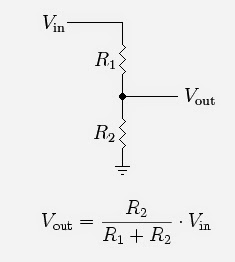mohsenabutalebi wrote:I have tested ADC.when I apply voltages more than 9.6 v it read 1024. so I think voltage reference of it's ADC is 9.6v .Any body did the same?
Woohoo. Thats more than Espressif wrote in their datasheets.
Have a look here: http://bbs.espressif.com/viewtopic.php? ... 1545#p1545
All digital IO pins are protected from over-voltage with a snap-back circuit connected between thefound in "0B-ESP8266__Hardware_User_Guide__EN_v1.1.pdf"
pad and ground. The snap back voltage is typically about 6V, and the holding voltage is 5.8V. This
provides protection from over-voltages and ESD. The output devices are also protected from
reversed voltages with diodes.
Also there a topic about 3.9. ADC (Analog-to-digital Converter)
ESP8266EX is embedded with a 10-bit precision SARADC. Currently, TOUT (Pin6) is defined as ADC
interface..
The input voltage range is 0 to 1.0 V when TOUT is connected to external circuit.
